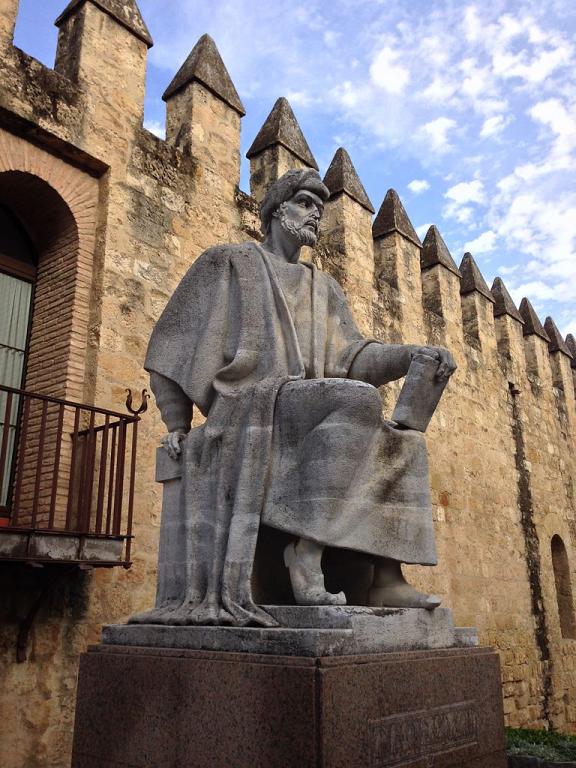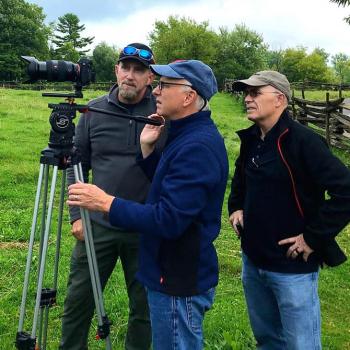
I’ve never previously read Lenn Evan Goodman, Ibn Tufayl’s Hayy ibn Yaqzan: A Philosophical Tale (Chicago and London: The University of Chicago Press, 2009), including its translation of the remarkable twelfth-century Andalusian Arabic text that is at its heart. In fact, it’s been a fair amount of time since I last read Hayy ibn Yaqzan at all, and I’m noticing quite a few things in rereading it now that I hadn’t noticed before, or don’t recall having noticed.
I’ll share a small item that’s related to a controversial passage in the Book of Mormon. First the Book of Mormon, from Ether 15:30-32:
And it came to pass that when Coriantumr had leaned upon his sword, that he rested a little, he smote off the head of Shiz. And it came to pass that after he had smitten off the head of Shiz, that Shiz raised up on his hands and fell; and after that he had struggled for breath, he died. And it came to pass that Coriantumr fell to the earth, and became as if he had no life.
Many have mocked that account, claiming it to be impossible.
The most interesting Latter-day Saint response to the controversy has been that of Dr. M. Gary Hadfield, a professor of neuropathology in Virginia:
“How Could Shiz Move and Breathe After Being Beheaded?”
Reading in Hayy ibn Yaqzan today, though, I was struck by a passage in which the eponymous hero of the tale, trying to understand the death of the doe who, in the story, has raised him from infancy alone on a desert island, reasons his way to the indispensability of a beating heart. Here is part of his thought process:
He could restrict the action of his other organs — hands, feet, eyes, nose, and ears; he could lose these parts and conceivably get along without them. Conceivably he could get along without his head. (112)
Curiously, ancient scientists and philosophers often failed to recognize the function of the brain. For instance, Aristotle (384-322 BC) thought that the heart was the seat of intelligence — an idea that Ibn Tufayl appeared to share — while the brain was merely a mechanism for cooling the blood.
In his footnote to the passage from Ibn Tufayl quoted above, Professor Goodman, the translator and commentator, offers the following, though unfortunately without supplying references:
Alexander of Aphrodisias knew that an organism might survive (for a short time!) without its head. Ibn Rushd writes ‘I myself have seen a ram with head cut off run this way and that again and again.'” (195, note 100)
***
New, on the website of the Interpreter Foundation:
“Has Anyone Seen God?” A Video Supplement for Come, Follow Me Lesson 4: We Have Found the Messiah
***
From Ireland’s remarkably prolific Latter-day Saint writer Robert Boylan:
“Where I agree 100% with John Dehlin”
“Truth and Method: Reflections on Dan Vogel’s Approach to the Book of Mormon”
***
Some will enjoy this account:
“How an Atheist Came Back to the Church and Found Peace Despite Doubt”
***
More news from the grounds of the Rome Italy Temple:
“What Religious Leaders and Others Are Saying After Touring the Rome Italy Temple”
***
Whether you missed Sunday night’s striking lunar eclipse or not, I think there’s a reasonably good chance that you’ll enjoy these images:
“Stargazers share images of the super blood wolf moon”
“9 Stunning Blood Moon Temple Photos”











